Australia’s rental affordability crisis reaches record low
Rental affordability has reached a record low across the country, with low-income earners the hardest hit when trying to find somewhere to live.
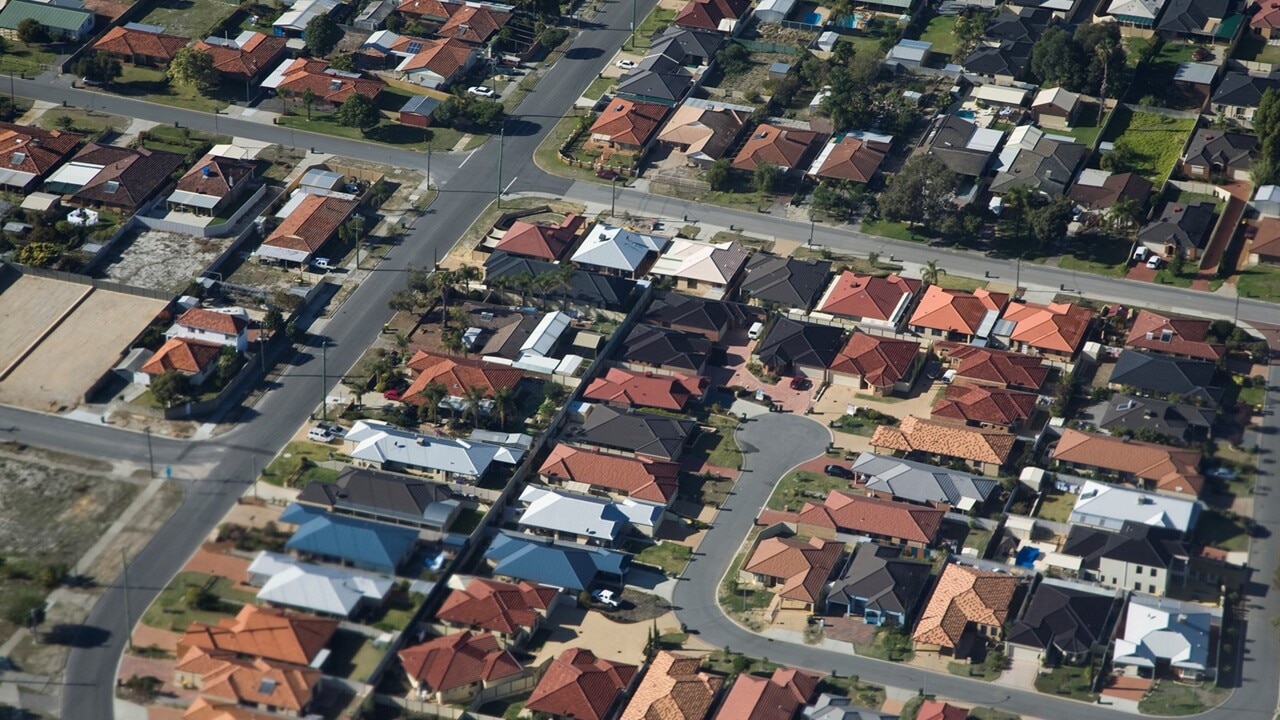
Australians are being hit with unsustainable rent increases, with every capital city nationwide experiencing a decline in rental affordability, according to new data insight.
The annual Rental Affordability Index released this week revealed the low-income renters such as single parents, pensioners, and job seekers are most vulnerable and require more active and immediate support.
But it seems the rental crisis is impacting almost everyone applying for home.
Brisbane woman Laura said when she and her partner decided to move in together they never expected the stress of finding a rental to consume their every waking moment.
Despite the couple both earning a decent wage, Laura, who works in the travel industry, said she struggled since August to find somewhere to live.
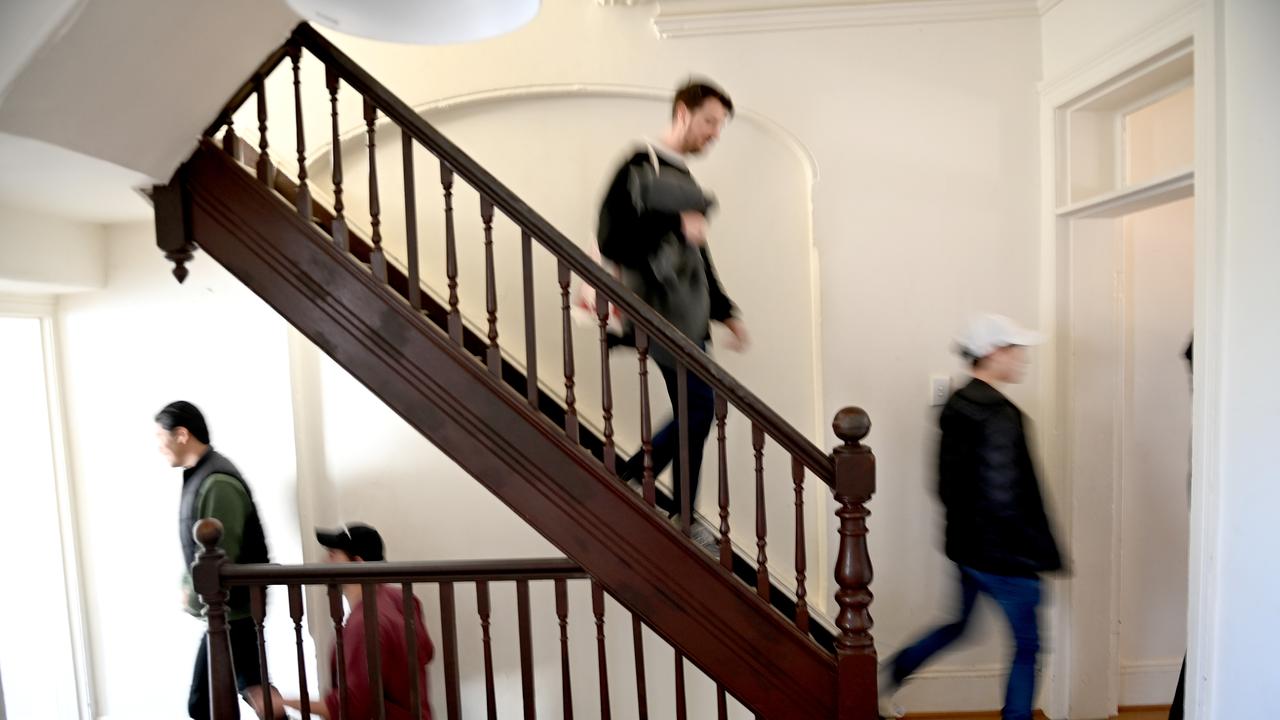
“We looked at about 15 places and when we would go to apply for them, someone had already gotten it,” she told NCA NewsWire.
“(Agents) were telling us to apply for it before we even put a foot through the door.
“We were willing to go up tot $600 a week which hurts my soul to pay that on rent.”
More Australians facing rental stress
The RAI found 30 per cent or more of a person’s income was generally spent on rent.
The report’s lead author Ellen Witte said this was extremely taxing for people on single income budgets, including single parents and pensioners.
“The situation is particularly bleak because in the past low income households if needed to could still move to the regions, but often far away from jobs so it’s not really a solution,” Ms Witte told NCA NewsWire.
“Vacancy rates for rental housing have dropped so sharply everywhere and is a key indicator for where prices go if they can see rates are low, they’re generally below 1 per cent.”
Ms Witte said rental stress effects many people’s day to day lives because they find themselves having insufficient funds to pay for other primary needs such as food, medicine, transport and heating.

YWCA Australia CEO Michelle Phillips told NCA NewsWire women are more likely dealing with rental stress.
“When you look at the research it’s exactly what it looks like, rents are rising faster than incomes around the country.
“More women are entering rental stress and can’t cover essentials like food and electricity.
“When you look at the research, it doesn’t have a gendered lens but they’re certainly over represented and also the most impacted because they’re mostly low income single household.”
The report found Brisbane is considered moderately unaffordable for the first time, with an 11 per cent decrease in RAI score over the past year – the largest decline of any capital city.
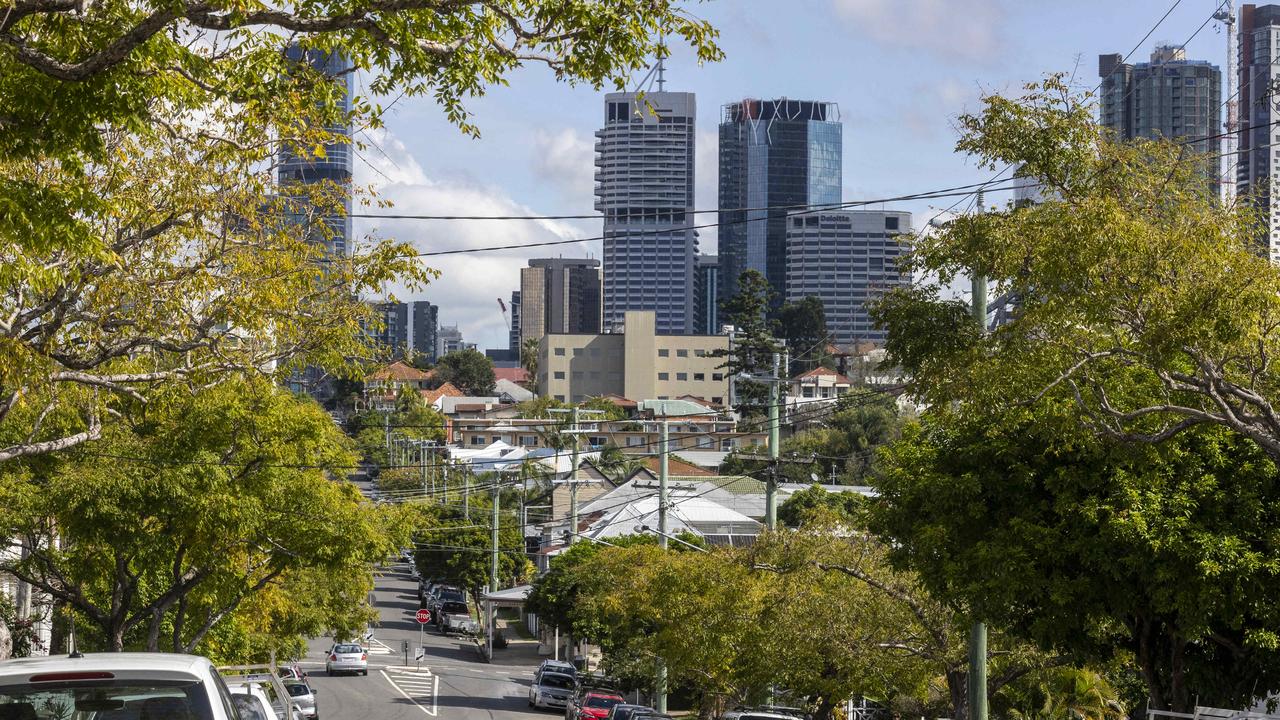
Ms Witte said Brisbane’s decline in affordability stems from a “few compounding reasons”.
“Before the pandemic Brisbane was already getting more and more affordable,” Ms Witte said.
“We found in regional Queensland affordability dropped so rapidly because people were moving out to the regions especially due to the lockdowns.
“Now the economy is open again we’re seeing this issue getting worse and worse.”
The report found people living in both capital cities and regional areas were struggling to find affordable rentals, as rents are escalating faster than incomes across the country.
Low vacancy rates, interstate migration and global supply chain issues were also contributing to increased rents.
“More and more regional households are struggling to pay their rent and key workers are unable to access housing, especially in the regional areas of Queensland, Tasmania, New South Wales and Western Australia,” Ms Witte said.
“This year’s severe floods also significantly impacted affordability in the Northern Rivers of NSW.
“Lismore is one of the worst affected towns, where affordability declined by 10 per cent between 2021 and 2022.
“Bellingen was similarly affected, with affordability declining by 14 per cent.”
Capital cities facing record rental stress
The report also analysed rents in the major capital cities and found rental stress was not exempt for those looking for home in the metro areas.
Greater Hobart continues to be the least affordable capital city in Australia for the average rental households of each city, and has been since 2019, with high rents relative to household incomes.
Greater Perth is at its lowest rental affordability since 2016, declining considerably by 15 per cent over the past two years.
Greater Sydney, Greater Melbourne, Greater Adelaide and the ACT also saw declines in affordability this year despite a reprieve during the pandemic.
Laura said while she feels lucky to have found somewhere to live in Brisbane, the stress she’s endured in the past four months while searching was immense.
“It’s been really difficult because a lot of these inspections were during the day, I either had to take time off work using my personal leave or taking time unpaid and then I’m leaving my co-workers to pick up the slack and I feel guilty,” she said.
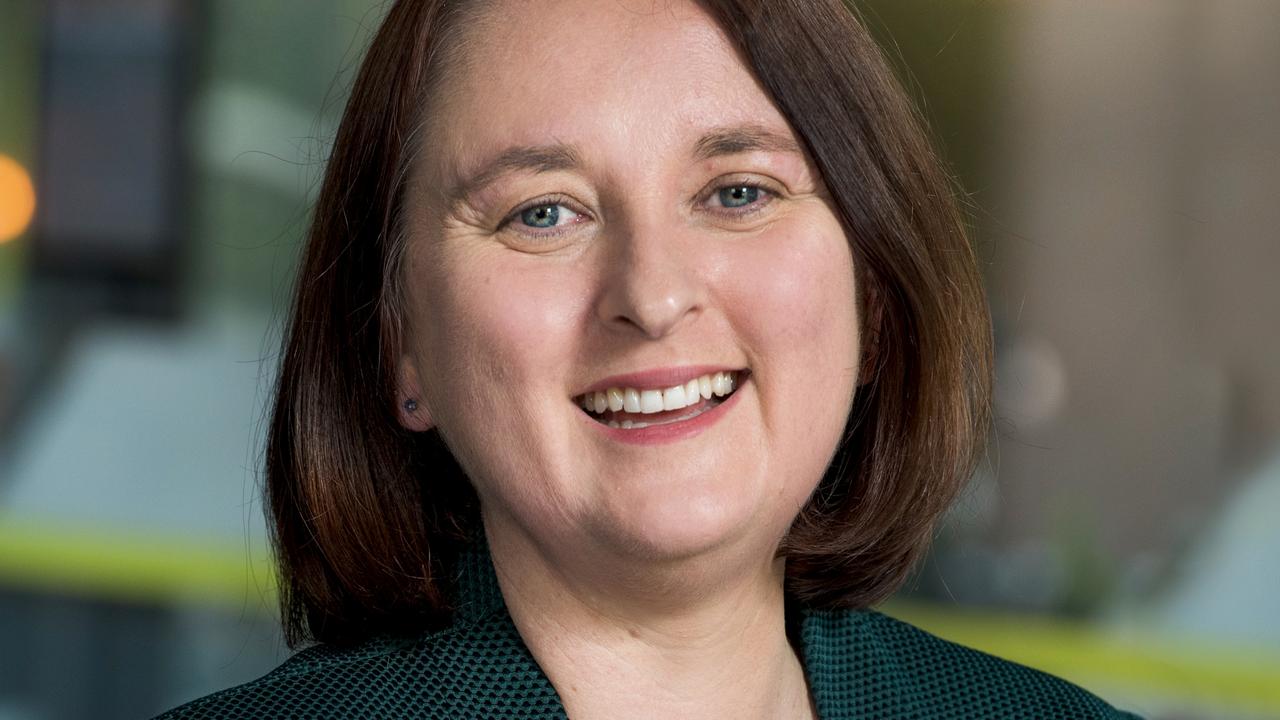
Ms Phillips said there’s “not a one size fits all solution” to the housing crisis but having women adequately represented in the decision making process will go a long way to helping find better outcomes for those facing rental stress.
“There’s been failure to invest in social and affordable housing, that’s directly impacted the housing market,” she said.
“We need to get investment into social and affordable housing but it’s going to take time.
“We’re really looking at gendered housing solutions, we need to make sure we have specialists around housing for women so it fits their needs.
“We need to make sure women are represented on those housing solutions.”
Queensland’s housing solution
Ms Phillips said she was encouraged to see the Queensland Government’s recent commitment to creating a sustainable housing strategy.
Premier Annastacia Palaszczuk announced in October her government will double the size of its Housing Investment Fund by injecting $130 million each year into the state’s housing sector.
The government met with private and public sector stakeholders to discuss the housing crisis facing the state at the Queensland Housing Summit in October.
Stakeholders worked together to come up with possible solutions, from unlocking land and housing, to fast tracking social housing development, housing equity and collaboration by the government and private sector.
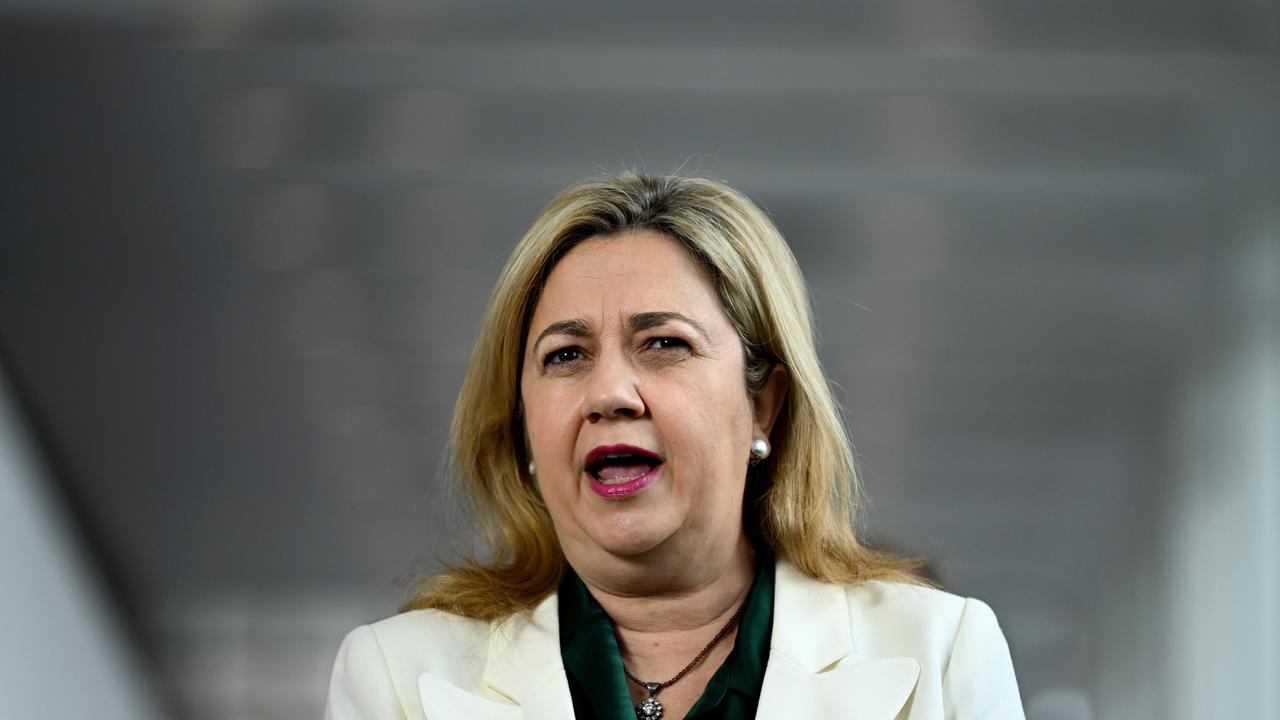
Theses conversations led the government to further inject an additional $56m to the nearly $4bn social and affordable housing funding, with $11.7m to help about 2500 Queensland stay in their leases to avoid homelessness, $10m for targeted loans and grants and $10m to set up extra temporary emergency accommodation with on-site support.
The new measures announced on Thursday will also include a three-month audit of state-owned land and buildings, in the hopes of identifying properties which can be transformed into public housing.
But Ms Phillips said the work being done by the government was a “a long-term solution”.
“There’s not much more tenants can do, they’re in competition with others,” she said.
“The vision is being set by the federal government and the states working together but it’s really got to focus on that social and affordable housing.”
Ms Witte said it’s going to take some time before rental affordability becomes a thing of the
“Now people have nowhere to turn to and it’s not an easy problem to solve, it hasn’t arisen overnight,” she said.
“There’s been decades of under investment in social and affordable housing, including how we treat housing from a tax assessment.
“If you want to change this it’s probably going to take a few decades to change this.”




